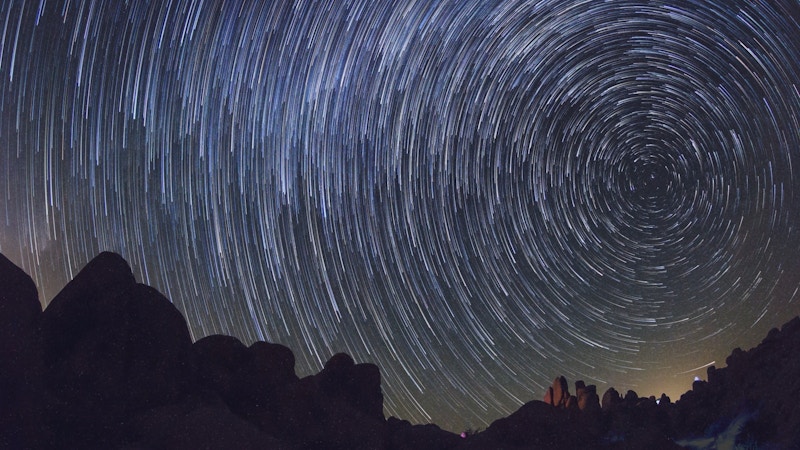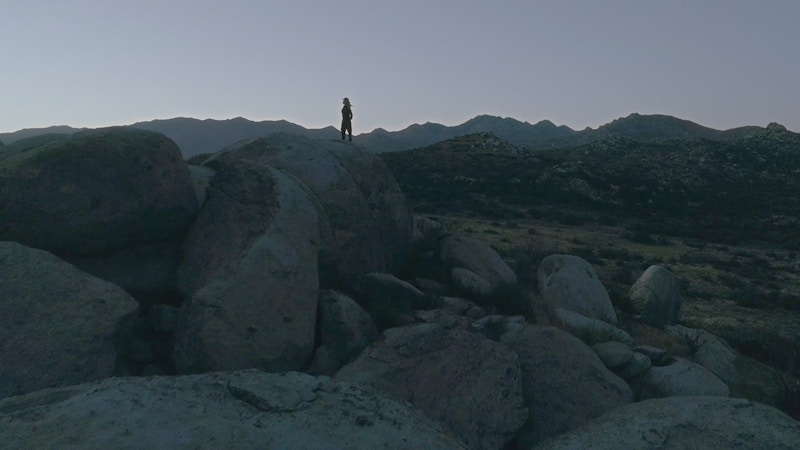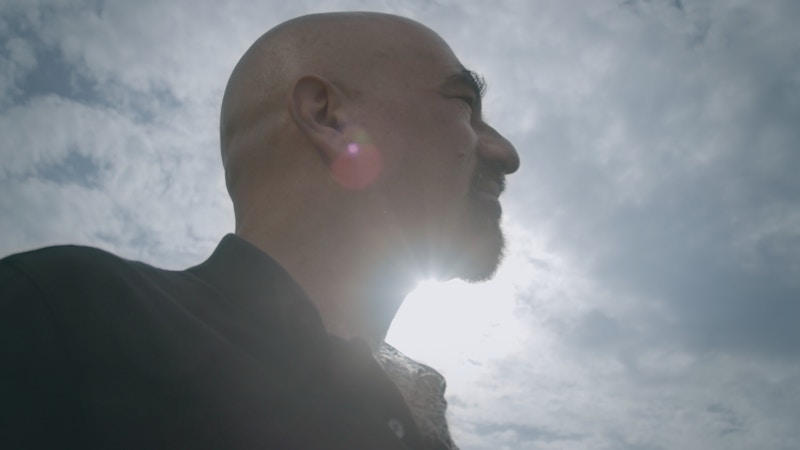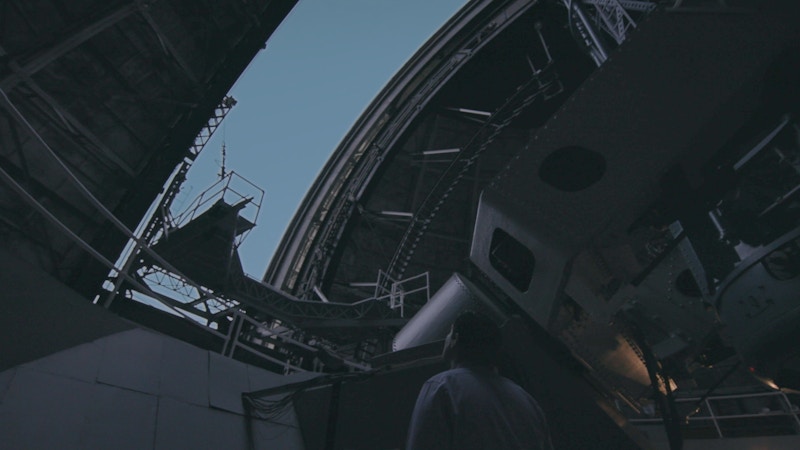The Eternal Sky, Part 2: The Hunt for Inflation
From an observatory perched high in the Chilean mountains, scientists hope to uncover what happened during the tiniest fraction of a second following the birth of the universe. Their search could lend further support to the Big Bang theory or open the door to alternative origin theories.
A new short film, the second installment of a series produced by the Simons Foundation, chronicles the work of these scientists as they develop the Simons Observatory. The film traverses the globe, from the barren Atacama Desert in Chile to the sunny beaches neighboring the University of California, San Diego, to the Flatiron Institute in New York City. Along the way, the researchers describe the rapid expansion of the universe that is thought to have followed the Big Bang. This inflation would have created gravitational waves that should have left a telltale pattern in the cosmic microwave background, the afterglow of the early universe.
Still images from part two of "The Eternal Sky."
By precisely measuring this background radiation, the team behind the Simons Observatory hopes to uncover signs of the gravitational waves and, by extension, evidence of the inflation of the newborn universe. The gravitational waves are the “ultimate message in a bottle,” says astrophysicist Brian Keating in the film. Keating is the director of the Simons Observatory project and a professor of physics at the University of California, San Diego.
Future installments of “The Eternal Sky” will continue to follow the design and construction of the Simons Observatory. Part one of the series is available here.







